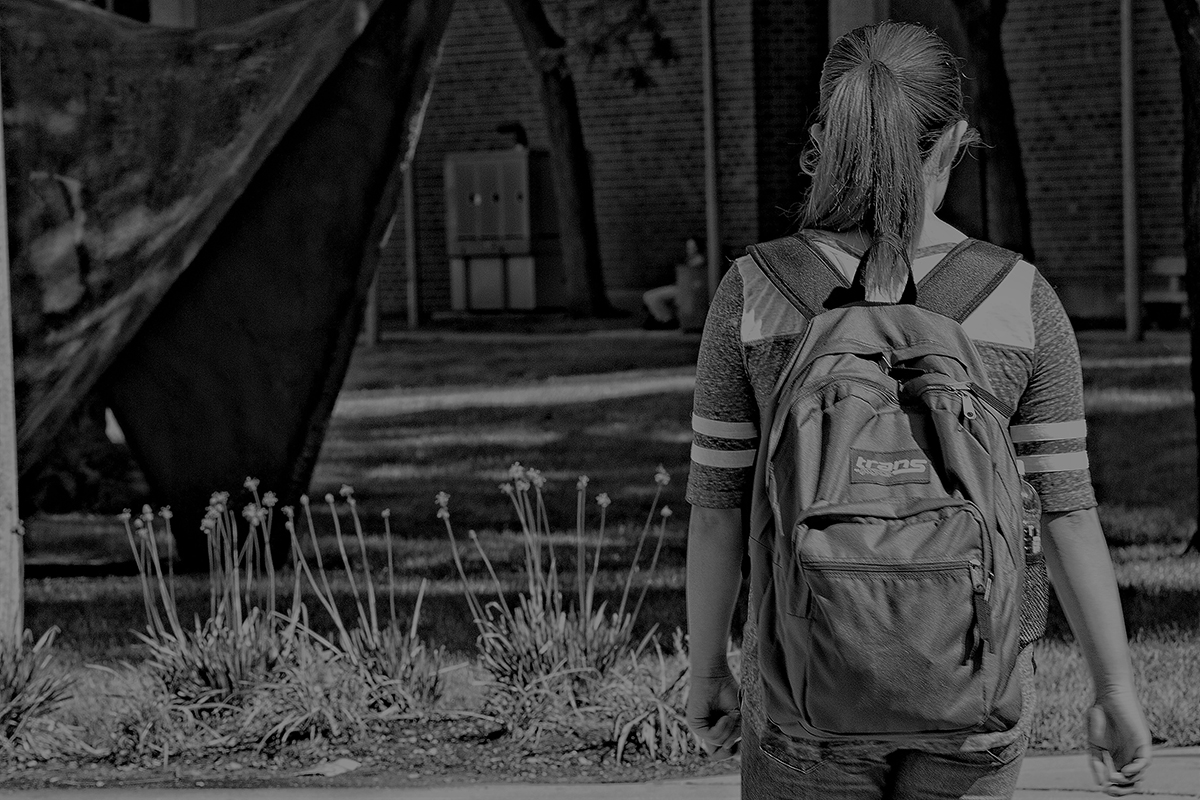
Disability in Campus Film
Dolmage referred to Ben Wetherbee's (2005) rhetorical approach to Hollywood films as: "a perspective that asks not only if a given movie 'argues' for favorable or unfavorable treatment of marginalized groups like the disabled, but one that also asks how and to what ends disability images function within larger arguments and ideologies" (p. 41). He explained how these films represented stereotypes of race, gender, and appearance at colleges that were similar to how universities presented the stereotype of disability.
Films such as Old School, Back to School, Real Genius, Revenge of the Nerds, Animal House, House Bunny, Monsters University, and Accepted were not about disability (experiences), but building disability (barriers) at universities due to segregation, exclusion, or failure. For example, Dolmage illustrated an example of sexism and rape culture from Revenge of the Nerds: a nerd pretended to be a jock to have sex with an unknowing and otherwise unwilling popular girl, which would be considered rape. However, the film did not address any issues of rape culture and left an implied message that tricking someone into sexual activity was both acceptable and praiseworthy.
Furthermore, he sharply pointed out that non-disabled actors have won Oscars for playing disabled individuals, as in The Theory of Everything, Still Alice, Beautiful Mind, and Temple Grandin—and by observing how ironic it was that some of the dresses worn at the Academy Awards were worth more than the operating budgets of disability services in many U.S. universities.
Racism in the Deaf Community
Based on Dolmage's suggested rhetorical approach, I add 21, the true story of the Massachusetts Institute of Technology Blackjack Team, as one of the aforementioned examples. This was an example of racism in a Hollywood film, because a race-based controversy arose over the decision to make the characters white in the film, even though the main players in the book Bringing Down the House, the book upon which the movie was based, were mainly Asian (History vs. Hollywood, n.d.).
Although 21 was not about disability, the film presented the stereotype of disability. At the Blackjack table, Fisher drunkenly told Ben, "You look exactly like that guy in Rain Man," implying that Ben's appearance mimicked a character that had autism. In addition, when Ben learned who the Robinson Scholarship had gone to the previous year, Bob, his professor, joked, "Ben, last year, the Robinson went to Hyum Jae Wook, a Korean immigrant who has only one leg. Well, have you considered cutting one of them off?" 21 is an example of how the media of higher education have portrayed not only the non-disabled academic world but also the disabled academic world.
The story of 21 reminded me of racism in the Deaf community. I have encountered not only discrimination based on disability by hearing people but also based on race by Deaf people. During my freshman year, I took an English course. The course was designed for Deaf students and was taught by a Deaf instructor in ASL. Even though we were all Deaf in the classroom, I felt like I had moved to another planet, since I was the only international Deaf student. My American Deaf classmates called me, "the Japanese." I was also told, "Asian people are clever and quiet—Why are you asking a lot of questions to the instructor?" Most of my classmates were fluent in ASL, and they criticized my signs because I was not fluent in ASL. This is an example of what is known in the Deaf community as the crab theory, "a metaphor to describe the tendency of some Deaf people to criticize or put down the successes or achievements of other Deaf people" (Harrington, 2004).
